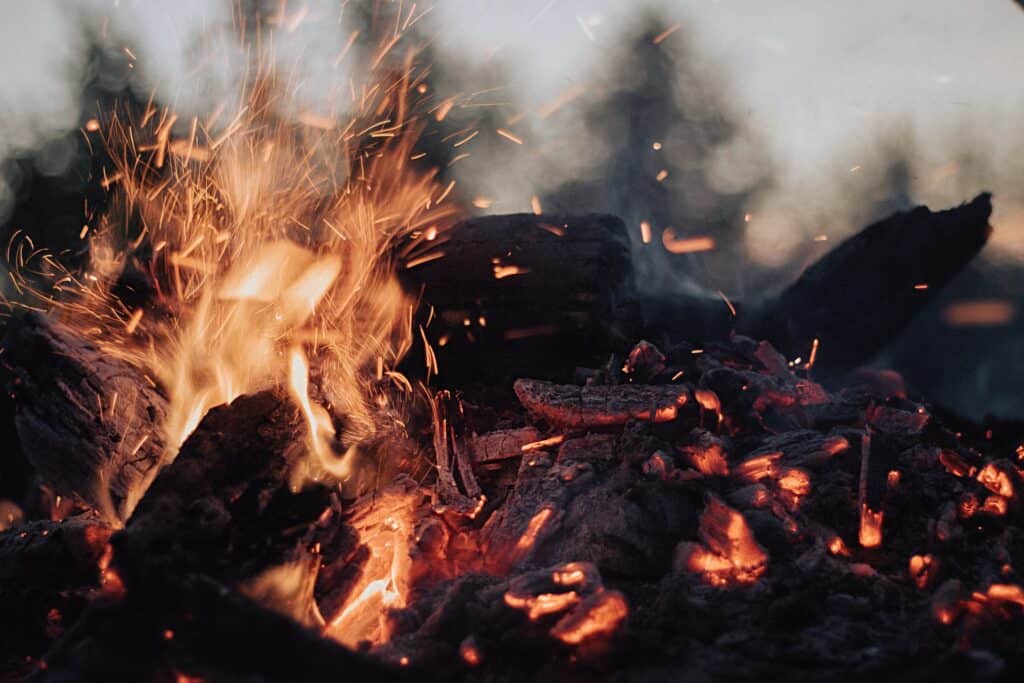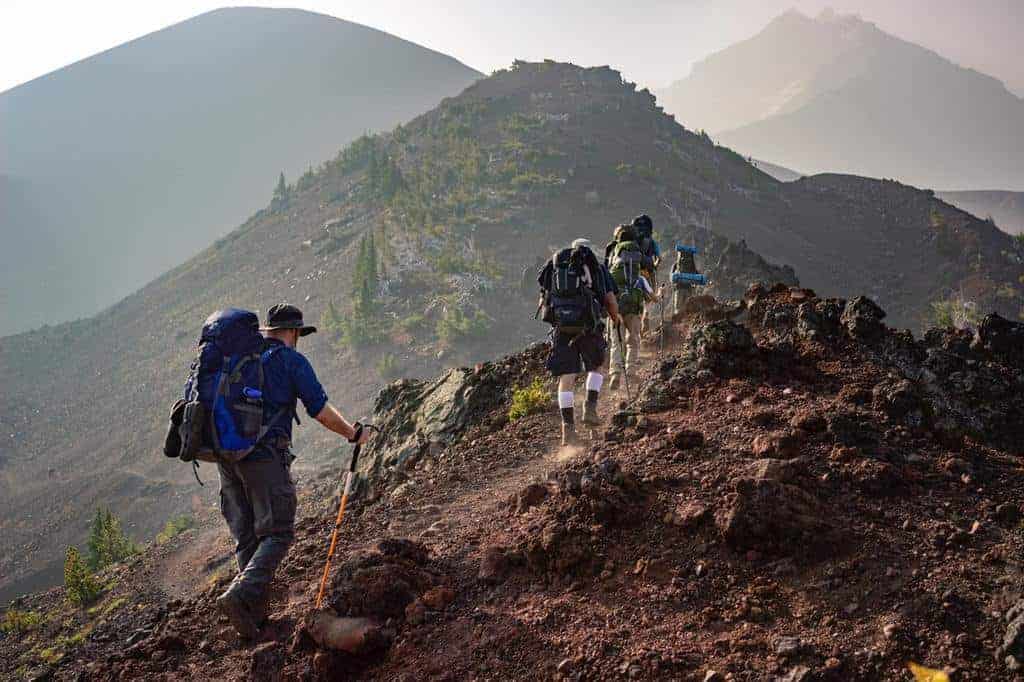Did you know that over 2,000 people get lost while hiking each year? It’s a scary situation that even experienced hikers encounter. Dive into the important tips and steps to take when you’re lost while hiking and how to stay safe. Knowing what to do next could differentiate between a little detour and a life-threatening situation.
Stay Calm if You Get Lost While Hiking
When you’re lost, you should remain calm and take a moment to orient yourself.
It’s easier said than done, especially if you’re getting lost while hiking in unfamiliar terrain. However, letting panic set in will only cloud your judgment. Take deep breaths. It’s a practical method to remain calm and regain control of the situation. Deep breaths help slow your heart rate and reduce the adrenaline rush.
Once you’ve managed to remain calm, start orienting yourself. Look for landmarks, trail markers, or any features you remember. Check your compass or GPS if you have one.
Assess Your Supplies
After you’ve oriented yourself, it’s time to assess your supplies, ensure you’ve got the survival gear you need, and stay safe and healthy until you find your way.
Check your backpack for essential items. Food and a water source are top priorities. You don’t want to risk dehydration or hunger.
On a multi-day backpacking trip, you likely have gear such as a tent or sleeping bag. These can provide shelter and warmth. Change into bright clothing so that rescuers can easily find you.
If you’ve got a map, compass, or GPS, these can assist in navigation. A first-aid kit is crucial for addressing injuries. Also, look for a flashlight or headlamp for visibility during the night.
Once you’ve assessed your supplies, it’s time to mark your current location. If you have a GPS device, use it to pinpoint your exact coordinates. If you’re using a physical map, pair it with your compass to determine your location.
Mark your current location on the map using a pencil or a piece of charcoal. If you have neither, look for landmarks and try remembering them.
Use the STOP Method
When you’re lost, you should use the STOP method: stay put, think, observe, and plan.
This technique means to stop walking. The more you move, the further you might stray from your original path. Staying calm. Panic can cloud your judgment, complicating self-rescue.
Thinking clearly about your last known location is crucial, possibly retracing your steps mentally to the same trail. Observe your surroundings. Landmarks, footprints, trails, or even the sun’s position during a day hike might help you orient yourself.
Lastly, plan your following actions carefully. Consider waiting for help if you’ve informed someone of your trail run, or proceed cautiously if you’re extremely confident in your direction.
Signal for Help
If you cannot determine your location, it’s time to signal for help using any available means.
Your cell phone is essential to call forest service, but only if you have a signal. If not, save its battery for emergency calls.
A signal mirror is an effective tool as well. Even a small mirror can reflect sunlight to attract attention from afar.
If you see other hikers, whistle or shout to alert them.
Lastly, consider starting a fire, as the smoke can be seen for miles. But ensure it’s controlled to prevent causing a forest fire.
Consider Shelter and Fire

In your pursuit to be noticed, don’t overlook your immediate needs. Shelter and fire are essential for your survival. Should you find yourself lost hiking, these are your lifelines in the wilderness.
Start by scouting for a shelter location. Look around for a big rock or a fallen tree. The leeward side will shield you from wind and rain.
Next, gather dry leaves, twigs, and branches to build a fire. If it’s wet, look under tree branches for dead-standing wood, as it’s usually dry inside. Use your shoelaces or a stick to create friction and ignite a spark.
Remember, maintaining the fire is as important as starting it. It’s your heat source, light, and a beacon of hope.
Preserve Energy and Hydrate
Survival in the wilderness demands you’re mindful of your energy reserves and hydration needs. To preserve energy and hydrate effectively, avoid unnecessary sweating. Dress in extra layers to stay warm, but remove excess clothing before you start to sweat.
Ensure you stay hydrated by carrying water in a reusable container. If you’re low, ration it carefully. Don’t wait until you’re thirsty to drink. Dehydration can creep up on you, causing fatigue and impacting your decision-making skills.
Final Thoughts
So, you’ve got your game plan. Stay calm, check your gear, mark your spot, and remember to STOP when lost hiking. Send a signal, think about shelter and warmth, conserve energy, and hydrate. You’re not a 19th-century explorer lost without a compass. You’ve got knowledge and modern tools at your disposal.


